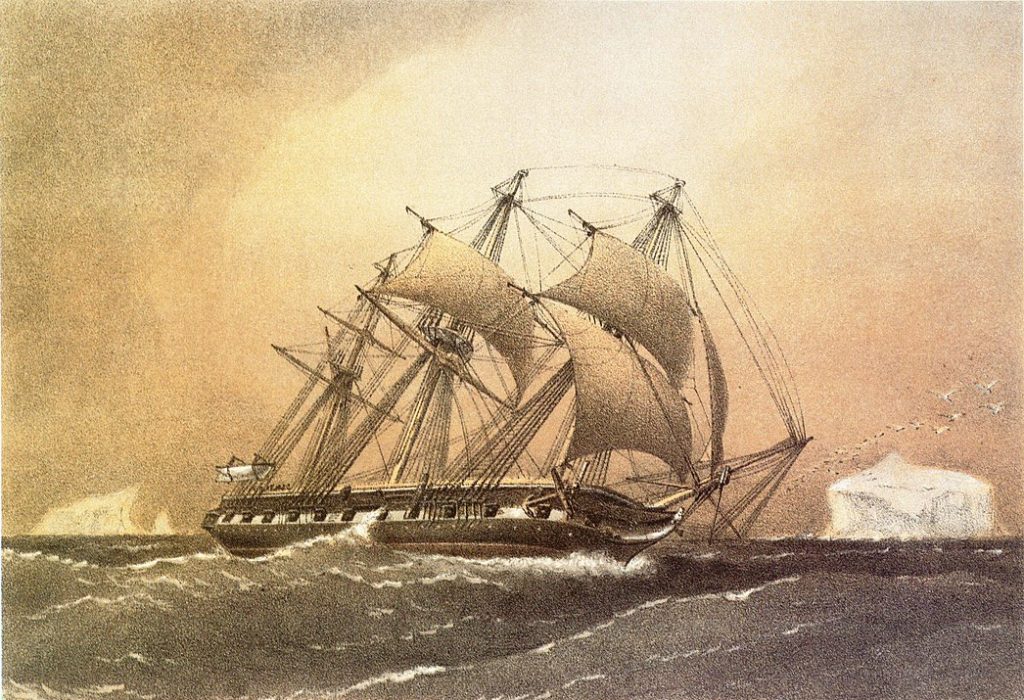The technology of polymetallic nodule collection
Technical Feasibility
Various trials conducted over the past few decades have demonstrated that it is technically possible to collect polymetallic nodules from the deep seafloor. These trials have involved different prototypes and methodologies.

Nodule Distribution
Polymetallic nodules lie loose on the seafloor, typically at depths of 4,000 to 6,000 meters below the ocean surface. This characteristic makes them relatively accessible compared with other deep-sea mineral deposits, as cutting into the seafloor isn’t required to remove them.

Seafloor Collector
One of the primary technological solutions being developed is a remotely controlled seafloor nodule collector. This machine operates on a tracked undercarriage to navigate the seafloor. The collector is designed to minimize disturbance to the seafloor while efficiently gathering nodules.

Riser and Lift System
Once collected, the nodules are transported to the surface. This is achieved through a riser and lift system – essentially a large pipe that extends from the surface vessel to the seafloor collector. The nodules are pumped up through this system using a combination of mechanical and hydraulic methods.

Dewatering Plant and Seawater Return
When the nodules reach the surface vessel, they are put through a dewatering plant to separate them from the seawater they came up with. The seawater and any associated material that comes up with the nodules is returned to the deep ocean. This process aims to return the water to a depth similar to where it was collected.

Transportation and Processing
After reaching the surface vessel, the nodules are transported to land-based facilities using bulk carrier vessels. These specialized plants then process and refine the nodules to extract the valuable metals they contain, such as nickel, cobalt, manganese and copper.

Find out more
Introduction to Deep-Sea Minerals
History
The concept of extracting valuable minerals from the ocean floor has a rich history dating back to the late 19th century.

Regulation
The exploration and potential commercialization of mineral resources falls under the jurisdiction of the International Seabed Authority.

Supply
As we integrate low-carbon technologies in energy systems to meet growing global power needs, minerals are becoming increasingly crucial.
